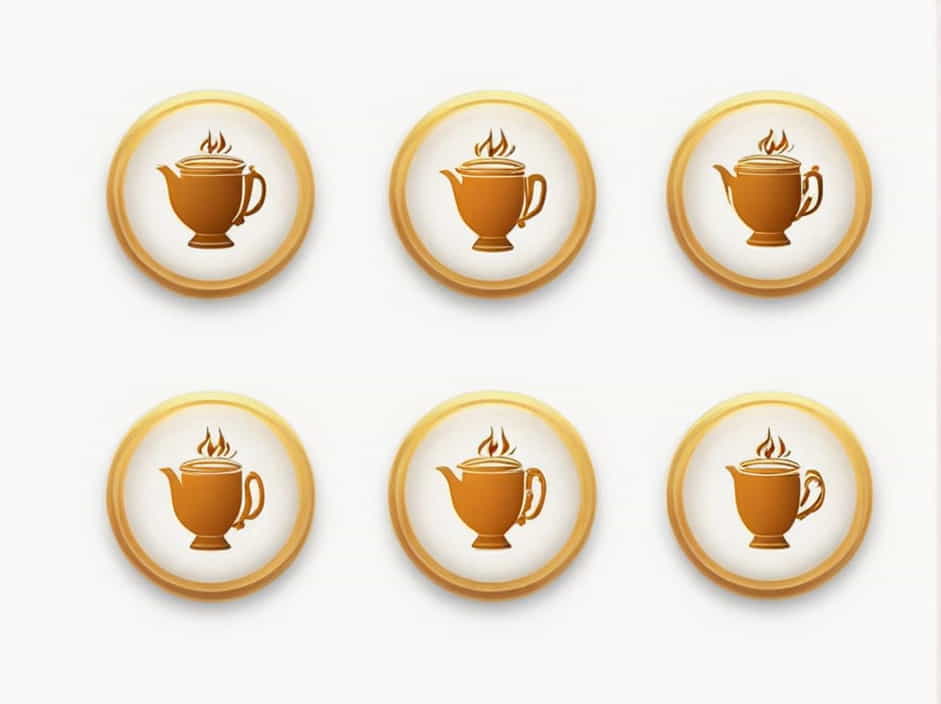A refectory is a dining hall, traditionally found in monasteries, convents, and religious institutions, where members of a community gather for meals. Over time, the term has also been used for dining areas in schools, universities, and some large organizations.
This topic explores the meaning, origin, historical significance, and modern use of the word “refectory.”
Definition of Refectory
A refectory is a large communal dining room designed for shared meals, often in religious, educational, or institutional settings. The word is derived from the Latin “refectorium,” meaning a place of refreshment.
Key Features of a Refectory
- Long communal tables for group dining.
- Simple yet functional design, often with minimal decoration.
- Quiet atmosphere, particularly in religious settings where silence may be observed.
- A serving area or kitchen nearby for meal preparation.
History of the Refectory
Origins in Monasteries
The concept of the refectory dates back to the Middle Ages, when monastic communities needed a dedicated space for meals. Monks and nuns followed strict meal routines, often eating in silence while listening to religious readings.
Famous medieval monastic refectories include:
- Westminster Abbey (England) – A grand refectory used by Benedictine monks.
- Mont Saint-Michel (France) – A historic monastery with a large dining hall.
- Santa Maria delle Grazie (Italy) – Known for housing Leonardo da Vinci’s “The Last Supper.”
Expansion to Universities and Institutions
As universities and educational institutions grew in Europe, they adopted the refectory concept for student dining halls. Today, many schools and colleges still use the term “refectory” to refer to their main cafeteria or dining area.
Modern Uses of the Word Refectory
While traditionally associated with monasteries, the term “refectory” is now used in various settings:
1. Religious Institutions
- Many monasteries, convents, and seminaries still have refectories where members eat together.
- Meals may follow specific traditions, prayers, or moments of silence.
2. Universities and Schools
- Some older universities retain the word “refectory” instead of “cafeteria” or “dining hall.”
- Examples include Oxford, Cambridge, and Durham University.
3. Museums and Historic Sites
- Many former monastic refectories have been preserved and turned into tourist attractions.
- Some have been converted into restaurants or event spaces.
Refectory vs. Other Dining Halls
While similar to a cafeteria or canteen, a refectory has distinct features:
| Feature | Refectory | Cafeteria | Dining Hall |
|---|---|---|---|
| Origins | Religious/monastic | Modern public spaces | Universities & large institutions |
| Seating | Long communal tables | Individual or small group tables | Mix of both |
| Atmosphere | Quiet, formal | Noisy, casual | Varies |
| Food Service | Served or buffet-style | Self-service | Buffet or waiter service |
Famous Refectories Around the World
1. The Last Supper Refectory (Italy)
- Located in Santa Maria delle Grazie in Milan.
- Famous for Leonardo da Vinci’s painting “The Last Supper.”
2. Christ Church Refectory (Oxford, UK)
- A historic dining hall used by students.
- Inspired the Hogwarts Great Hall in Harry Potter films.
3. Durham Cathedral Refectory (England)
- Originally a monastic refectory, now serves as a public café.
Why Understanding “Refectory” Matters
Knowing the meaning of “refectory” can be useful in history, architecture, and travel. If you visit ancient monasteries or universities, recognizing this term will enhance your experience.
A refectory is more than just a dining hall—it carries a rich history rooted in monastic traditions and continues to be relevant in education, tourism, and cultural heritage. Whether in a centuries-old monastery or a modern university, refectories remain spaces for community, tradition, and shared meals.
